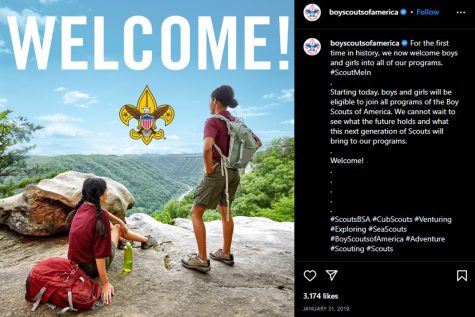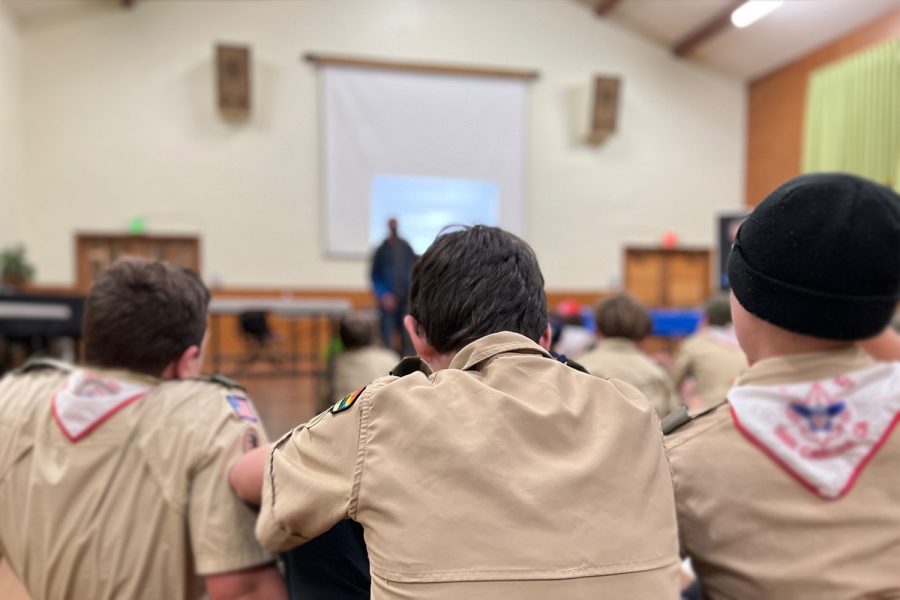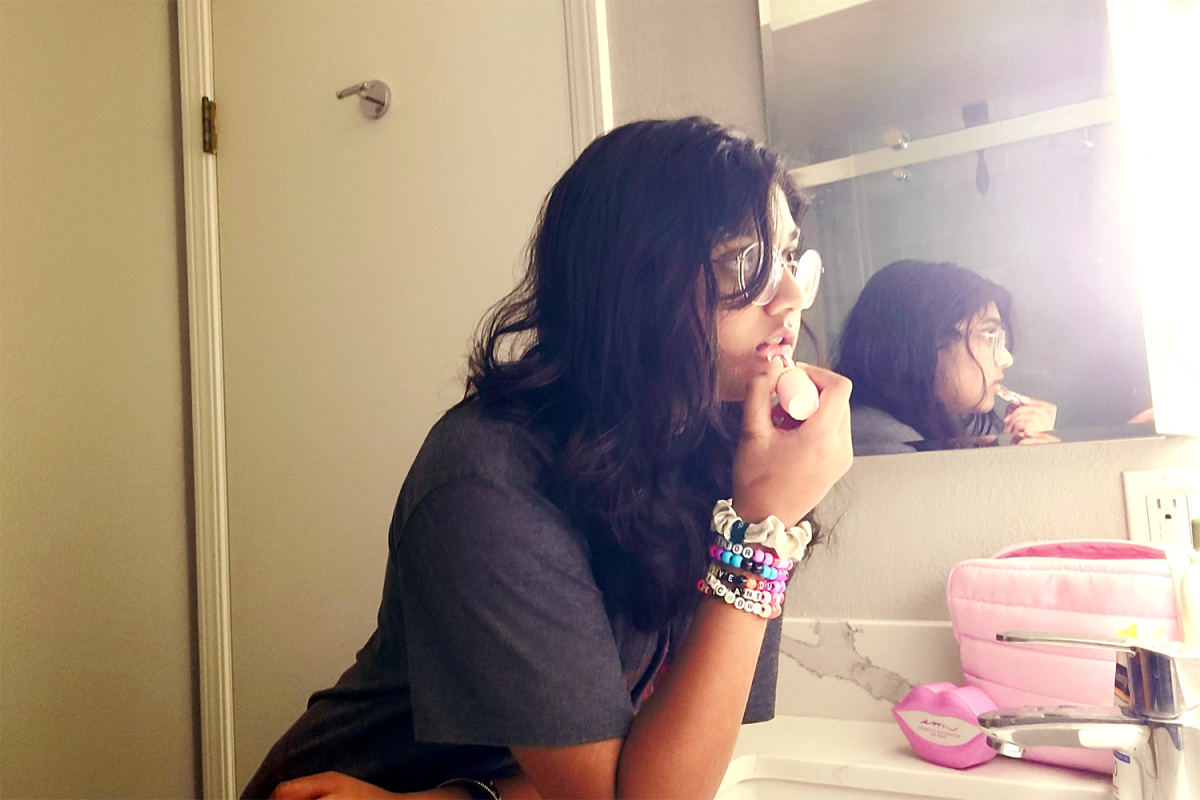Scouts BSA needs to integrate girls into its programs better.
Since its inception, the organization Scouts BSA, formerly named The Boy Scouts of America, has enticed millions to join its ranks.
The allure of joining a storied and prestigious organization, having access to nationally recognized ranks such as the esteemed Eagle Scout, over 100 awards and badges, and a chance to explore the outdoors has drawn in children from across the country.
To better manage the wide range of age demographics, Scouts BSA divides their members into branches, the younger, five to 10-year-olds are considered Cub Scouts, 10 to 18-year-olds are part of the traditional branch known also known as Scouts BSA, and 14 to 20-year-olds are also given a chance to explore further through Venturing and Sea Scouts.
However, the organization has struggled with the test of time. As the years change and children find other extracurricular interests, the organization loses millions of customers.
To resolve this, the organization announced that beginning in Feb. 2019, girls would be allowed into their youth programs to enjoy the whole scouting experience.

Before this, Scouts BSA allowed girls into their older youth programs, Sea Scouts and Venturing, in 1969. However, to attract more customers and resolve the problems related to gender discrimination, the organization offered full membership to girls from 5 years old to eighteen years old when they aged out of the traditional scouting program.
Additionally, Scouts BSA had to alter many policies and facilities to accommodate girls in their activities. Women’s restrooms, hygiene products, and uniforms became commonplace within the organization’s summer camps.
Nevertheless, the organization needs to make a change in how they organize their youth and their integration of females into their troops.
A troop consists of a group of scouts led by a scout leader, officially known as a Senior Patrol Leader (SPL), and adult leaders for supervision and support.
However, when girls began being introduced into scouting, they were relegated to separate troops known as “sister troops.” In theory, this would allow girls to plan, organize and lead their activities separately from their male counterparts and allow adults a more manageable time arranging scouts during the night.
Scouts BSA’s official Youth Protection and Adult Leadership policy states, “Separate tenting arrangements must be provided for male and female adults as well as for male and female youth.” By keeping girls separate, the adults can easily organize sleeping arrangements to follow the other guidelines defined by their mandatory scout leader training.
However, this separation contradicts the entire idea of girls joining Scouts BSA. A typical problem girls face in Girl Scouts is that they want to do the activities that Scouts BSA offers because they have more access to activities through their hundreds of summer camps—but keeping them separate defeats the purpose of scouting as a whole, as scouting is an experience that all should share.
As an SPL myself, I understand that troops are run by the youth, where scouts are asked to vote on what activities they would like to participate in. Sister troops also achieve this but lose the chance to experience them with the young boys they grow up with.
It’s common to see classmates who enter scouting at the same time, go on to join the same troop, and stay together for years to come. Still, the groups of friends that are a mixture of boys and girls end up separated; the girls are forced to make friends in a new group and lose familiar faces.
From my experience as a scout leader, I watched a ceremony where a small group of boys and a single girl all “graduated” from Cub Scouts in a ceremony known as bridging. I watched as the boys ran off to join their friends and greet their parents as official members of a local boys’ troop, but the girl, who had to join a different sister troop, sat alone.
Those in favor of sister troops may argue that by keeping girls separate, they can share their ideas without being discriminated against by leaders based on their sex or gender. Thus they can choose their activities and enjoy their scouting journeys to the fullest.
Yet, in a time where schooling from kindergarten to senior year is coed, it stands to reason that children, who have grown up in this system, can behave themselves enough during extracurricular activities like camping and hiking.
What’s more, when someone who is non-binary or transgender wants to join a scouting troop, they are left with a choice: do they join a troop that aligns with their gender assigned at birth? Or would they join a troop that aligns with their gender orientation?
Recently this question came up as I brought a new scout who did not identify with the gender assigned at birth into my troop. My new scout had to ponder the reality of the separate troops. If the troops were consolidated, to begin with, they would have felt more at ease with the greater diversity amongst their new troopmates.
Ultimately, Scouts BSA should make their female integration consistent across all their programs. Venturing and Sea Scouts are coed; their honor society, the Order of the Arrow, is coed, so why is the traditional program not?












